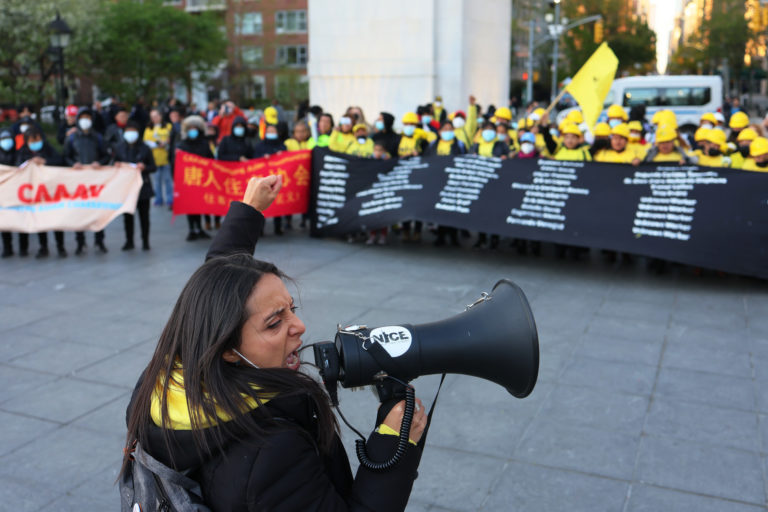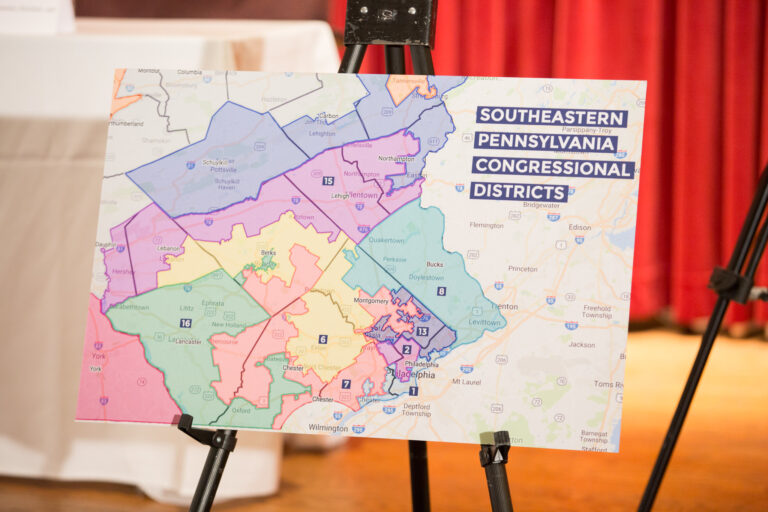Maxwell Ulin is a student at Harvard Law School.
6.6 million people signed up for state unemployment benefits last week, according to Department of Labor data released this morning. As EPI notes, today’s earth-shattering number—over double last week’s record-breaking 3.3. million jobless claims—is likely to prove a better indicator of the country’s economic outlook than Friday’s jobs’ report. Medium-term projections look even grimmer: in a state-by-state analysis released yesterday, EPI estimates that around 20 million Americans will be either laid off or furloughed by July. Fortunately, the recently-passed Coronavirus Aid, Relief, and Economic Security (CARES) Act provides a number of temporary unemployment benefits, which the National Employment Law Project (NELP) details here.
As the ongoing pandemic wreaks havoc across the U.S. labor market and abroad, the National Labor Relations Board (NLRB) has continued its steady erosion of federal labor rights. On Tuesday, the Board released a final rule revising union election policies. Under the new rule’s “block charging” policy, union elections will move forward even when employers have been accused of tampering with the vote through unfair labor practices. At the same time, the rule’s “election bar” policy allows for union decertification within 45 days of an employer’s voluntary recognition of a contract. As the Economic Policy Institute (EPI) notes, these policies greatly hinder unions’ capacity to organize and combat unfair labor practices, which are alleged in over 40% of all union elections. Earlier this month, the NRLB announced a freeze on all union elections in response to the pandemic, prompting outcries from labor and congressional leaders, but the Board relented yesterday by announcing a resumption of elections on Monday. Former Chief Counsel to the AFL-CIO Lynn Rhinehart writes for the blog that the Board’s recent actions are grounds for current members’ for-cause dismissal.
As millions of Americans lose work, even more continue to show up for work under increasingly hazardous conditions. On Wednesday, Publix became the latest in a list of major grocery stores to allow employees to wear face masks on the job, but the business itself has declined to provide workers with masks. Meanwhile, employees at Office Depot and Office Max remained banned from wearing face masks on the job. Nonetheless, many older workers continue to clock in out of financial necessity, despite being uniquely vulnerable to the coronavirus.
Poor health and safety measures are also likely to have a disproportionate impact on Black and Latino workers. Only 20% of African-American workers and 16% of Latinos are able to work from home, compared with 30% of whites and 37% of Asian Americans. As Dr. Uché Blackstock explains in a recent Slate interview, the effect of these disparities is compounded by other existing racial inequities, such as higher rates of comorbidity in communities of color and discrimination by doctors, to put Black and brown communities at special risk.
Congress’s new paid sick leave law, which went into effect yesterday, seeks to address many of the health challenges facing workers. Also yesterday, the Department of Labor issued a direct final rule providing comprehensive guidelines for who qualifies for the program. In all, around 61 million workers likely qualify for up to two weeks of paid leave to recover from coronavirus infection, and up to around ten weeks of partially paid leave to care for children whose schools or daycares have been closed. Workers at companies with over 500 employees, as well as certain types of healthcare and emergency workers, are excluded entirely, while companies with under 50 employees may qualify for exemptions if providing paid leave would “jeopardize the viability of the business as a going concern.” How this requirement is precisely defined could affect millions of workers and is leading to substantial uncertainty. According to a recent EPI report, for example, around 88% of farmworkers—a group which has remained almost entirely on-the-job throughout the pandemic—might qualify for paid sick leave under the law, but only 36% will if the Department broadly exempts farms of under 50 employees.
Not everything has to be bad news, though. In the midst of upheaval, workers across the country have responded with an explosion of protest and collective action. As Jon and Courtney note, workers at Instacart, Amazon, and other gig-economy firms have stopped work to demand healthier working conditions and benefits like paid sick leave and hazard pay. Yesterday, after Amazon fired Staten Island-based employee Chris Smalls for organizing a work protest, unions representing around 15.5 million workers delivered a letter to the company demanding better labor protections. Meanwhile, over a hundred McDonald’s workers across three Southern cities have gone on strike for safer job conditions, as have workers at various other businesses being tracked by The Cut. Over 10,000 call-center employees at Maximus, a major federal contractor, are now looking to unionize in order to secure a healthier work environment, and more than 40,000 child-care providers in California are on the brink of a historic unionization vote.






Daily News & Commentary
Start your day with our roundup of the latest labor developments. See all
December 18
New Jersey adopts disparate impact rules; Teamsters oppose railroad merger; court pauses more shutdown layoffs.
December 17
The TSA suspends a labor union representing 47,000 officers for a second time; the Trump administration seeks to recruit over 1,000 artificial intelligence experts to the federal workforce; and the New York Times reports on the tumultuous changes that U.S. labor relations has seen over the past year.
December 16
Second Circuit affirms dismissal of former collegiate athletes’ antitrust suit; UPS will invest $120 million in truck-unloading robots; Sharon Block argues there are reasons for optimism about labor’s future.
December 15
Advocating a private right of action for the NLRA, 11th Circuit criticizes McDonnell Douglas, Congress considers amending WARN Act.
December 12
OH vetoes bill weakening child labor protections; UT repeals public-sector bargaining ban; SCOTUS takes up case on post-arbitration award jurisdiction
December 11
House forces a vote on the “Protect America’s Workforce Act;” arguments on Trump’s executive order nullifying collective bargaining rights; and Penn State file a petition to form a union.